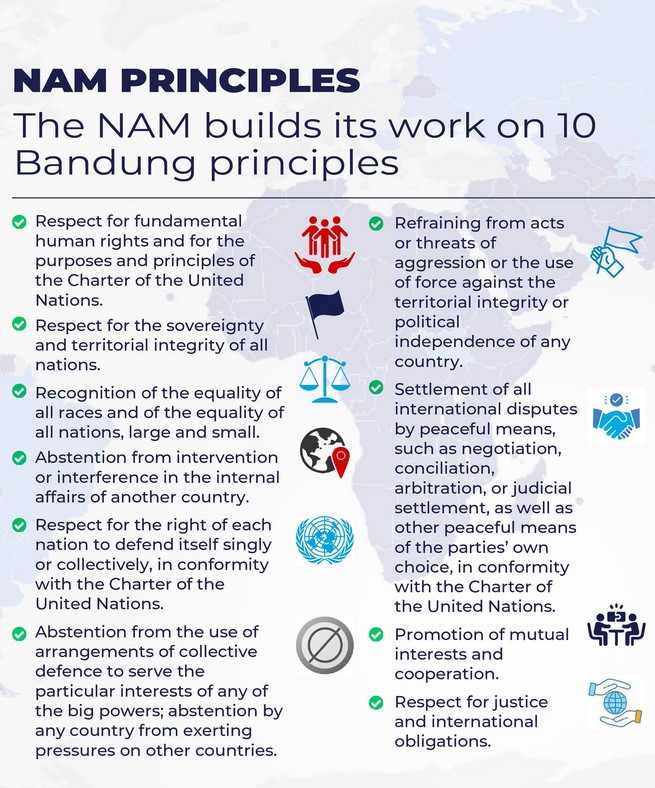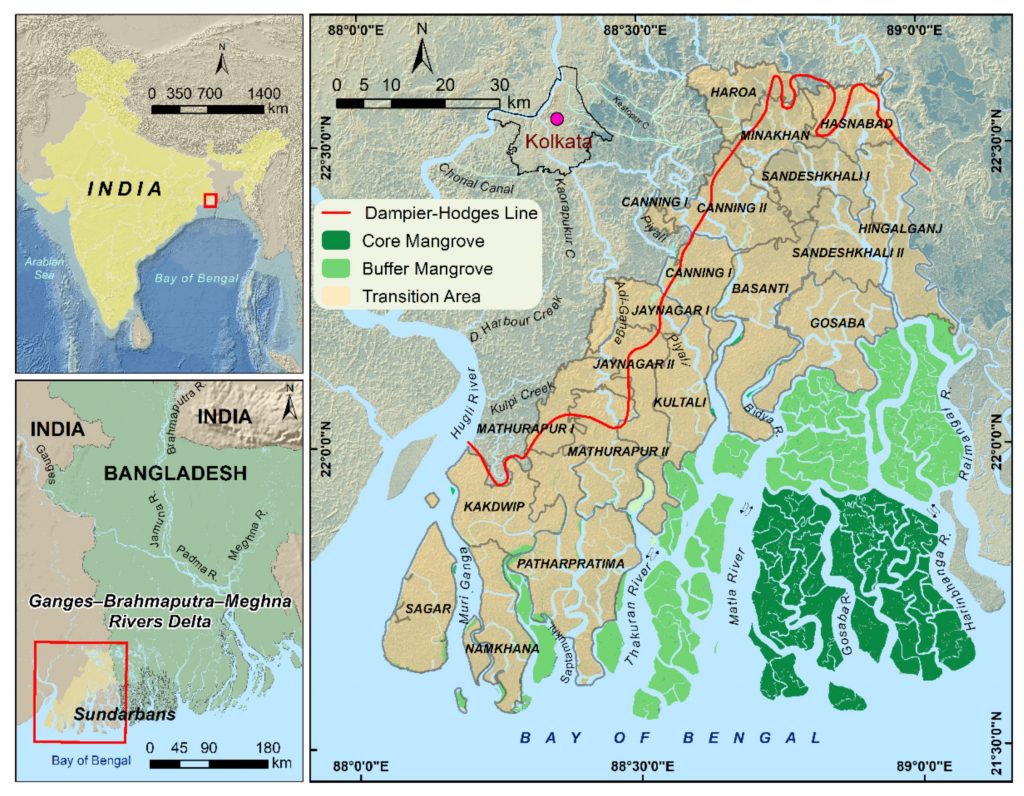PYQ Relevance[UPSC 2023] Virus of Conflict is affecting the functioning of the SCO.” In the light of the above statement, point out the role of India in mitigating problems. Linkage: This PYQ is important as it tests India’s diplomatic balance within the SCO, amid regional rivalries. The article connects by showing how the Xi–Modi meeting and Global Governance Initiative reflect India’s role in restoring trust and strengthening multilateralism within the SCO framework. |
Mentor’s Comment
As the world enters a phase of geopolitical churn and institutional fatigue, the call for a reformed, people-centric global governance system grows louder. The 75th anniversary of India-China diplomatic ties and the 80th year of the UN offer a historical moment: two Asian giants, once colonised, now rising powers, can redefine global order. For UPSC aspirants, this theme bridges multilateral diplomacy, global reforms, and India’s evolving foreign policy—key areas across GS Paper 2 and IR essays.
Introduction
The year 2025 marks a milestone in both bilateral and global history. India and China, home to over 2.8 billion people, commemorate 75 years of diplomatic relations, even as the United Nations celebrates its 80th anniversary. Against the backdrop of unilateralism and weakening multilateralism, the Global Governance Initiative (GGI) proposed by China, with India’s cooperation, offers a blueprint for a more equitable international order. As Asia’s two leading powers move from rivalry to partnership, their convergence could transform the world’s governance architecture, symbolising a decisive shift toward multipolarity and shared prosperity.
Why is the India-China cooperation in 2025 a landmark moment?
- Historical Context: The two leaders, Xi Jinping and Narendra Modi, have met 18 times since 2014, an unprecedented frequency symbolising sustained engagement despite border tensions.
- Symbolic Restoration: The bilateral meeting at the 16th BRICS Summit in Kazan (2024) and now at the 25th SCO Summit in Tianjin (2025) reflects a conscious reset in relations.
- Global Expectation: Their 19th meeting during the Tianjin Summit is being seen globally as a moment to restore balance to multilateral decision-making, especially amid Western dominance fatigue.
- Public Diplomacy: Both sides emphasise “partners, not rivals,” signaling a shift from competition to cooperation.
What is changing in the global governance discourse?
- Erosion of Trust: The early 21st century witnessed rising unilateralism, protectionism, and hegemonism, eroding faith in international institutions.
- UN at 80: The UN system, though foundational, now faces criticism for its limited representation of developing nations and sluggish response to global crises.
- Reform Imperative: The question before humanity is not just “who governs” but “how governance is shared.” The article highlights the need for reform without rupture, evolving existing systems rather than replacing them.
- Asia’s Moment: The decline of Western dominance and the rise of Asia and Eurasia are redefining the rules of the game, with India and China at the center.
What is the Global Governance Initiative (GGI)?
- New Vision: The GGI, announced by President Xi at the Tianjin SCO Summit, aims to correct the deficit in global governance by promoting a fair, inclusive order.
- Five Core Principles:
-
- Sovereign Equality: Respect for all nations’ independence and dignity; greater democracy in international relations.
- Rule of Law: Equal application of international law and rejection of double standards.
- Multilateralism: Strengthening the UN as the core platform for global decision-making.
- People-Centric Approach: Governance should prioritise well-being, safety, and fulfillment of citizens globally.
- Real Results Orientation: Developed nations must shoulder more responsibility, while developing nations must cooperate for shared solutions.
- Essence: The GGI is not about creating parallel institutions but reforming and improving existing ones to respond effectively to modern challenges.
How can India-China cooperation strengthen multilateralism?
- Shared Responsibilities: Both countries, as major developing economies and SCO/BRICS members, bear the responsibility to defend international fairness and justice.
- Strategic Coordination: The leaders’ dialogue stresses communication on major international and regional issues to bridge divides in the Global South.
Complementary Visions:
- China’s “community of shared future for mankind”
- India’s “Vasudhaiva Kutumbakam” (One Earth, One Family, One Future)
- Together, they embody the moral and developmental leadership needed for a post-Western global order.
- Practical Gains: Resumption of direct flights, maintenance of border stability, and enhanced trade cooperation show concrete steps toward normalisation.
What challenges lie ahead for India-China collaboration?
- Trust Deficit: Lingering border disputes and differing political models may slow strategic trust-building.
- Competing Ambitions: While both aspire to leadership in the Global South, perception management and narrative balance will be crucial.
- Western Reaction: The West may perceive India-China cooperation as a counterweight to transatlantic power, potentially complicating India’s strategic autonomy.
- Need for Institutionalisation: Long-term progress demands institutional mechanisms, track-II dialogues, multilateral coordination cells, and joint UN reform working groups.
Conclusion
The India-China partnership in 2025 signals more than a diplomatic milestone, it represents a potential rebalancing of world order. As the UN turns 80, the call for shared leadership between emerging powers grows urgent. If pursued with mutual trust and strategic maturity, the GGI-led collaboration can make the 21st century truly an Asian century rooted in equity, inclusivity, and sustainability. In a fractured world, cooperation, not competition, may be the only path to survival and progress.
Get an IAS/IPS ranker as your 1: 1 personal mentor for UPSC 2024







